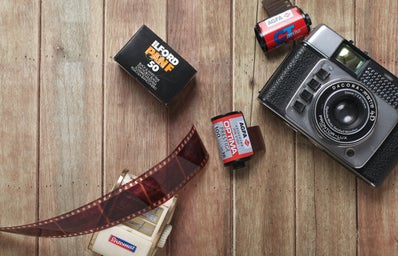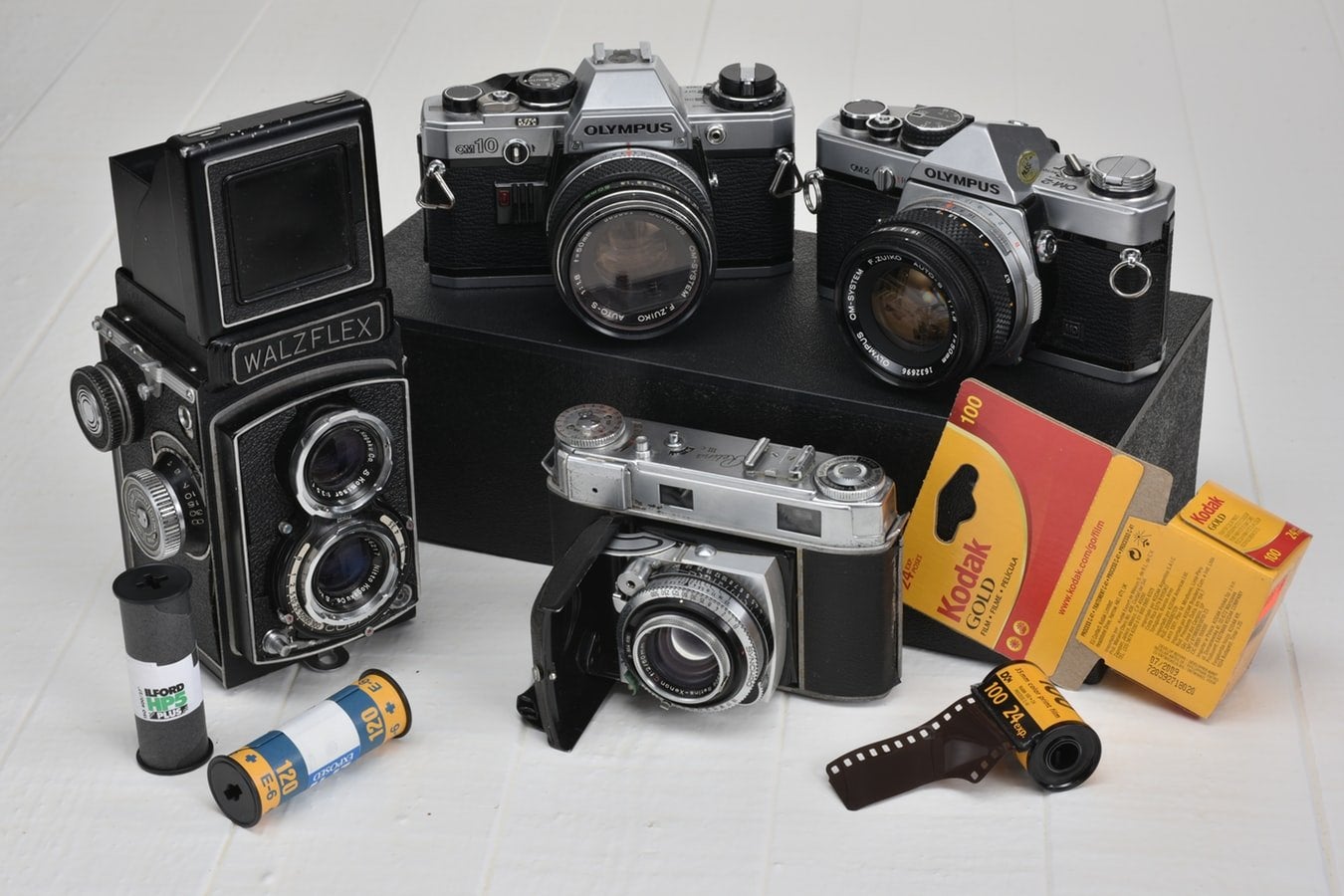You might have seen a lot of photos on Instagram lately with somewhat of an organic vintage look or maybe the tag #35mm going around. Within the last couple of years, a lot of people have become interested in analog photography, but what exactly is that? And how can you get your hands into the business? Read along for a couple of tips and explanations.
First of all, what is analog photography? It corresponds to the process of taking photos on film, on cameras that work mostly manually. The most common type of film seen around today is 35mm film, with which we use Small Format cameras, but there are also 120mm film – Medium Format – and Large Format.
The process of taking film photos has a couple of steps: first, you load your camera with the film, then you shoot the photos – most cameras need you to control all aspects of photography manually, but some, such as the late 90s point and shoot cameras have automatic settings.
After shooting and taking your film out, you’ll need to find somewhere to develop your photos. Photographic film is made of a transparent film base coated with a gelatin emulsion containing microscopical light-sensitive silver halide crystals. When exposed to light during shooting, these crystals will form your image, but it needs to go through a couple of chemical processes to turn into the negatives we usually see and where photos come from.
This process is usually done in laboratories: in the U.S. you may develop your photos almost anywhere, mostly in pharmacies such as CVS or Walgreens, but in Brazil, the process is a little bit harder. Here, to develop your images you’ll need to find a lab specialized in film photography near you. They are out there, but they may be hard to find near you.
These labs usually offer the next step: digitalizing and/or printing. After developing the film, the images will be negative on those little frames on the film, so to get them on your phone or in print you’ll need someone to scan and digitalize them for you.
After all that you’re left with beautiful photos with a look unmatched by online filters. Film simply looks more organic and human than digital photos: the colors look more like reality, the grain makes it feel and look materialized and all the process is almost therapeutic. Taking photos and finally seeing them after waiting so long until the moment you finish developing your film is simply heartwarming, you feel like they belong to you in a way digital photos never have.
If you want to learn more about film photography, where to buy cameras and film for the lowest prices, and tips on how to get the best out of your photos you may look only on Instagram, Youtube, or even specialized websites, as they are all around us today.



